Minister Nguyen Manh Hung emphasized the need to assign tasks according to national strategies with high goals, creating challenges to clearly see the leading role of state-owned enterprises.
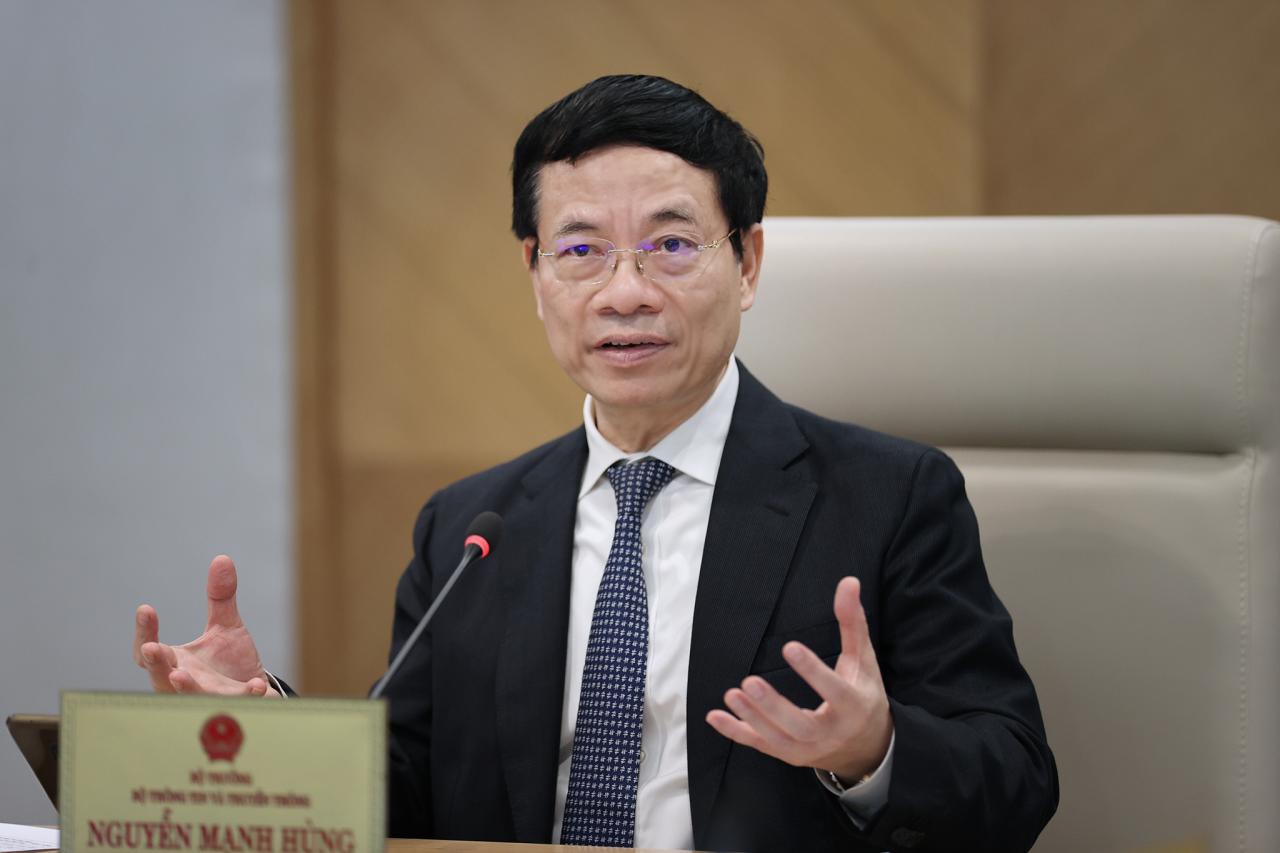
Firstly, the socialist-oriented market economy is a combination of the strength of the market and the strength of the state, a combination of a strong market and a strong state. State-owned enterprises are a characteristic of the socialist-oriented market economy. They are an important material force to take the lead in implementing national strategies, and an important support and pillar for the Party and State to revive the country.
National strategies are usually long-term, but the market is usually strong in the short term, so the state must be strong in the long term. State-owned enterprises (SOEs) are the material force for the state to implement long-term strategies.
To implement the national strategy, state-owned enterprises must be large enough, so we should grasp the big and give up the small. Recently, we have not emphasized the leading role of state-owned enterprises in implementing the national strategy.
Second, based on the overall national strategy, the State must assign tasks, set high goals, and create challenges for SOEs. The State has an army, so it must deploy troops for this army, and must do so in a concentrated manner to create a synergistic effect.
This cannot be distracted. Nowadays, businesses are proposing their own strategies and plans, often from their own perspective, their own interests, and often without being challenging to be safe.
And because the goals are not high and there are not many challenges, state-owned enterprises have not developed to their full potential, and there are few excellent state-owned enterprise leaders.
What needs to change is that the Government, when holding large SOEs in its hands, must assign tasks according to national strategies, high goals, and must create challenges, creating SOE leadership in green development, digital development, governance and technology, self-reliance and international integration, and especially in digital transformation (DT).
Digital transformation is both a new development space and a new business model and a new way of management.
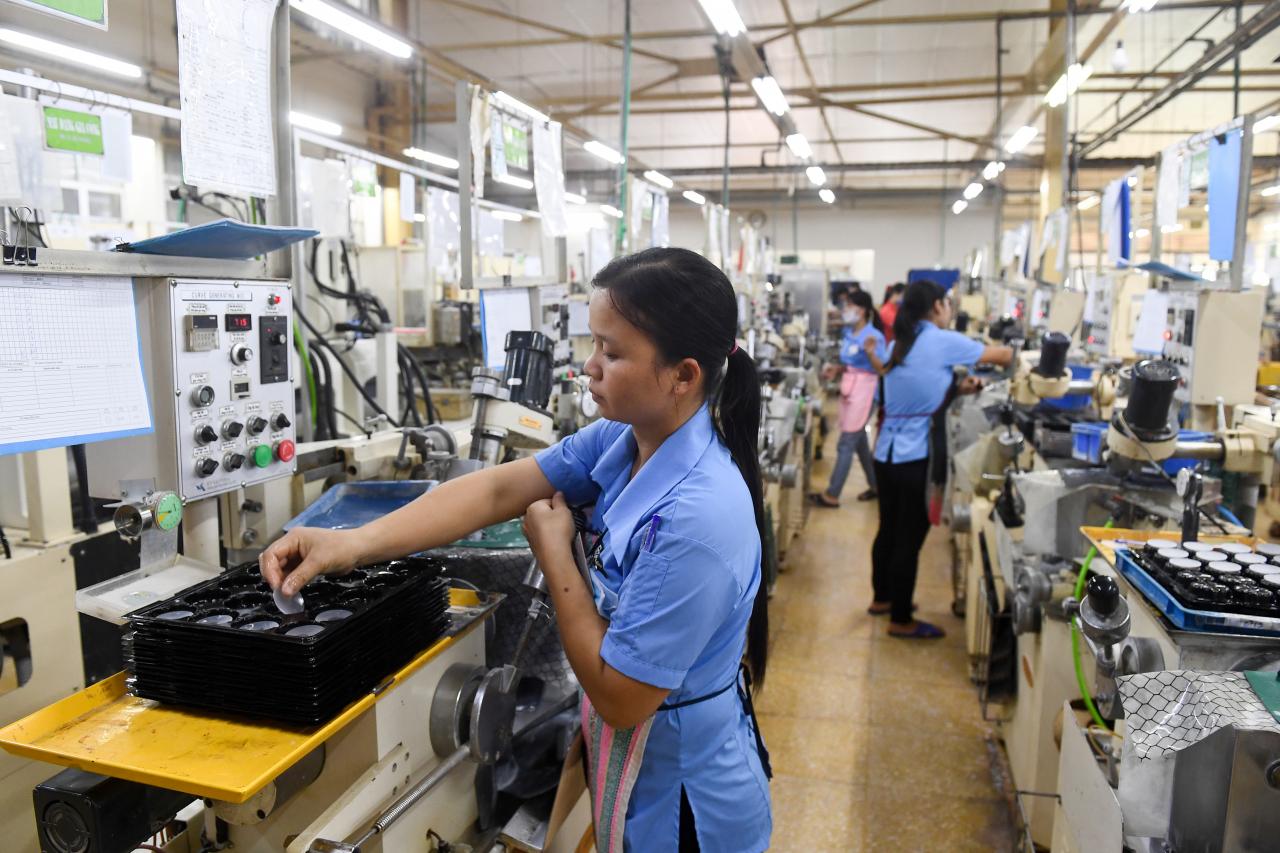
Third, businesses make profits by accepting risks. Zero risk means zero profit. But now, owners' representatives, inspectors, and examiners focus too much on a specific risk. A business that plays 10 battles, wins 7 and loses 3, and overall wins is still considered to have lost 3. And this is the main fear of state-owned enterprises.
This fear makes SOEs not dare to take risks, always choosing the safest option. For a business, the safest option is often the most unsafe from a development and market perspective. What needs to change is not to evaluate SOEs by project, but to evaluate them as a whole.
If we do not change the way we evaluate SOEs, we will not create SOE development, SOEs will continue to have low growth rates as they do now to be safe. Data shows that the growth of SOEs in the period 2016-2020 is much lower than the country's GDP growth, meaning that the SOE sector is getting smaller.
Fourth, innovation is the highest risk activity. State-owned enterprises are poor at innovation because of their fear of risk. Solving the above assessment will also solve the story of SOE innovation. In addition, innovation is also related to investment in research and development. SOE science and technology research funds are being managed like budget money.
If the fund management method is not changed soon, towards research projects with high risks, this money will remain there, and businesses will not dare to use it. And in fact, this fund is allocated up to 10% of pre-tax profit, but currently it is only used around 1%, which means only about 1/10 is used.
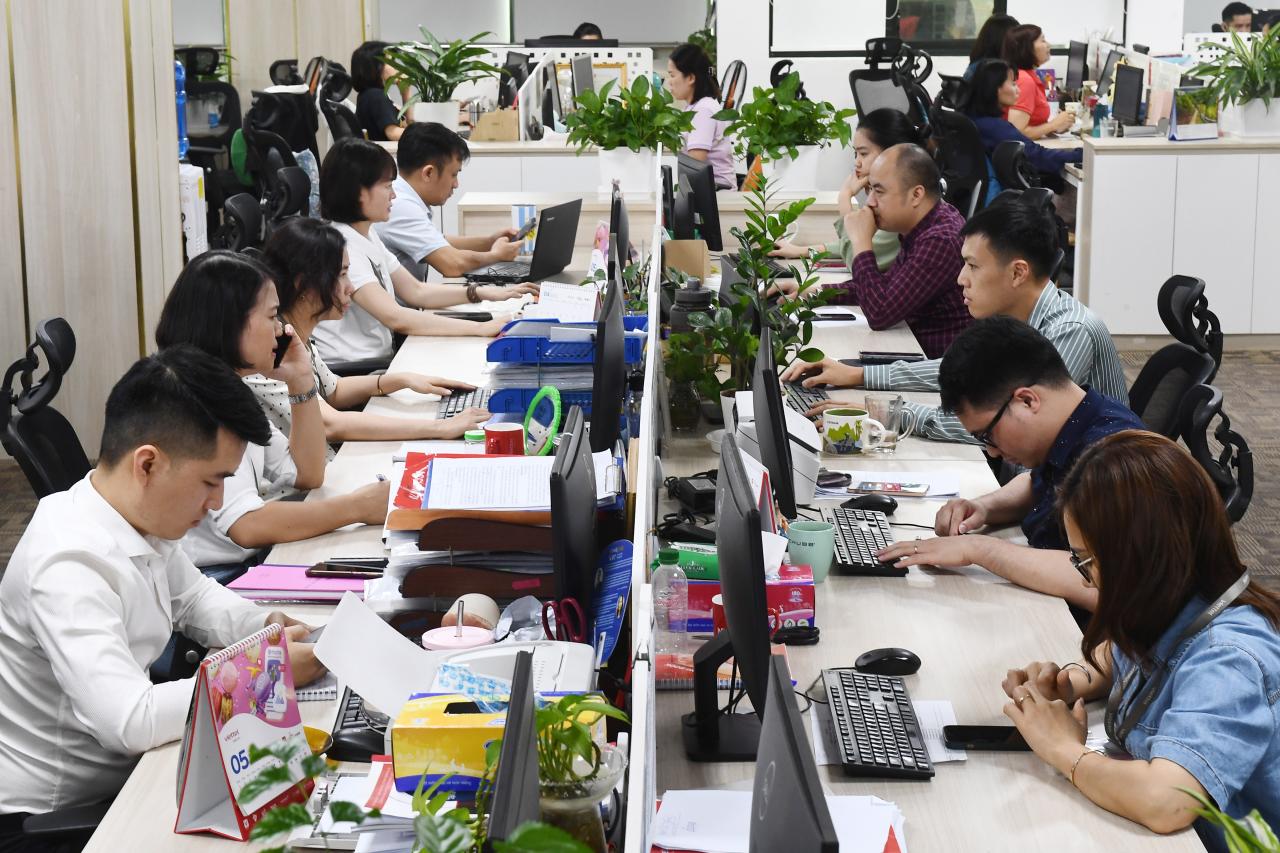
The value created by a business is due to capital and labor. The value creation model divided into two parts has been piloted for more than ten years and is proving to be effective. Photo: Hoang Ha
Fifth, the State tightly manages SOEs mostly because it is afraid because it cannot see them, and because it is afraid, it tightens them. If the State can build a comprehensive system to monitor SOEs, that is, to see them, then the State will give more freedom to SOEs.
Therefore, the Government should require SOEs to digitally transform, first of all, bringing all management activities of SOEs to the digital environment, and connecting online to state management agencies, to ownership agencies, to inspection, examination, and auditing agencies, then using technology, especially artificial intelligence, to monitor, evaluate, warn early, and remind early.
At that time, the State will feel secure because it can see it, and because it feels more secure, it will give more power to businesses. Businesses will be warned early to fix it early, reduce accidents, and protect officials.
Sixth, the value created by an enterprise is due to capital and labor. The value creation model, that is, pre-tax and pre-salary profits, is divided into two parts, one part for the enterprise's salary fund, the other part for the State. It has been piloted for more than ten years and has proven effective, so it should be widely applied.
For example, Viettel is assigned 20% of pre-tax and pre-salary profits to establish a salary fund. It is a bit like the employees owning 20% of the enterprise, this is a very strong motivation for state-owned enterprises to increase production and business efficiency, the more they produce, the more they get, and the state also gets a lot, in the case of Viettel, it is 4 times more than the employees get. This is also a way of equitization without equitization.
Seventh, domestic and foreign enterprises need to be equal. In the early stages of opening up, we gave many incentives to foreign investment, to foreign enterprises, sometimes to the point of reverse protectionism, difficult for domestic enterprises, easy for foreign enterprises.
"Vietnamese businesses can only grow when assigned large projects." -
After 35 years of renovation, it is time to pay more attention to the domestic market. Paying attention to self-reliance and domestic enterprises, it is necessary to ensure equality for domestic and foreign enterprises.
We should pay more attention to domestic enterprises, including state-owned enterprises. Nurturing and developing domestic enterprises is a long-term and more difficult story than attracting foreign investment, so the State's hand is needed.
We need to change from the way of handing over to the West and then the West hires us as subcontractors to handing over to us and then we hire the West to do the parts that we cannot do yet. Vietnamese businesses can only grow when they give them big projects.
Eighth, SOE management should avoid jumping from one extreme to another. In terms of business, sometimes it is too multi-sector, sometimes it is too mono-sector, which makes SOEs run out of space to develop. In terms of organization, sometimes SOEs give birth too freely, sometimes even establishing a center requires the Prime Minister, making SOEs lose their flexibility.
Regarding capital, sometimes 100% of after-tax profits are left to increase capital, and sometimes capital increases are limited. Therefore, policies for state-owned enterprises need to be adjusted gradually. Listen carefully to state-owned enterprises, analyze scientifically and comprehensively, and do not rush into major policy changes because of an accident.
In short, for state-owned enterprises, the strategy is national, the operating mechanism is market.
Vietnamnet.vn


![[Photo] Nhan Dan Newspaper announces the project "Love Vietnam so much"](https://vstatic.vietnam.vn/vietnam/resource/IMAGE/2025/4/17/362f882012d3432783fc92fab1b3e980)
![[Photo] Closing of the 4th Summit of the Partnership for Green Growth and the Global Goals](https://vstatic.vietnam.vn/vietnam/resource/IMAGE/2025/4/17/c0a0df9852c84e58be0a8b939189c85a)

![[Photo] General Secretary To Lam receives French Ambassador to Vietnam Olivier Brochet](https://vstatic.vietnam.vn/vietnam/resource/IMAGE/2025/4/17/49224f0f12e84b66a73b17eb251f7278)
![[Photo] National Assembly Chairman Tran Thanh Man meets with outstanding workers in the oil and gas industry](https://vstatic.vietnam.vn/vietnam/resource/IMAGE/2025/4/17/1d0de4026b75434ab34279624db7ee4a)
![[Photo] Promoting friendship, solidarity and cooperation between the armies and people of the two countries](https://vstatic.vietnam.vn/vietnam/resource/IMAGE/2025/4/17/0c4d087864f14092aed77252590b6bae)
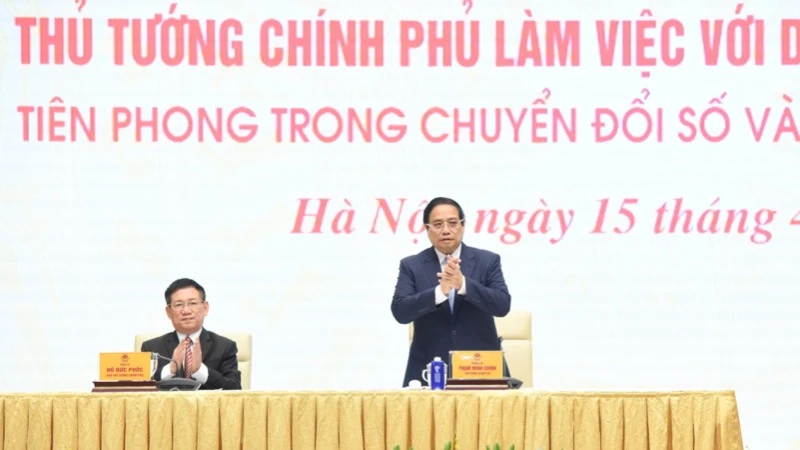

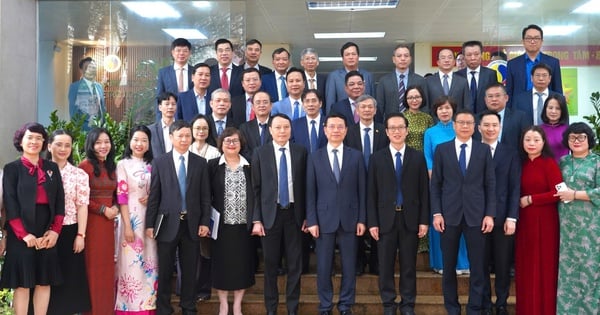

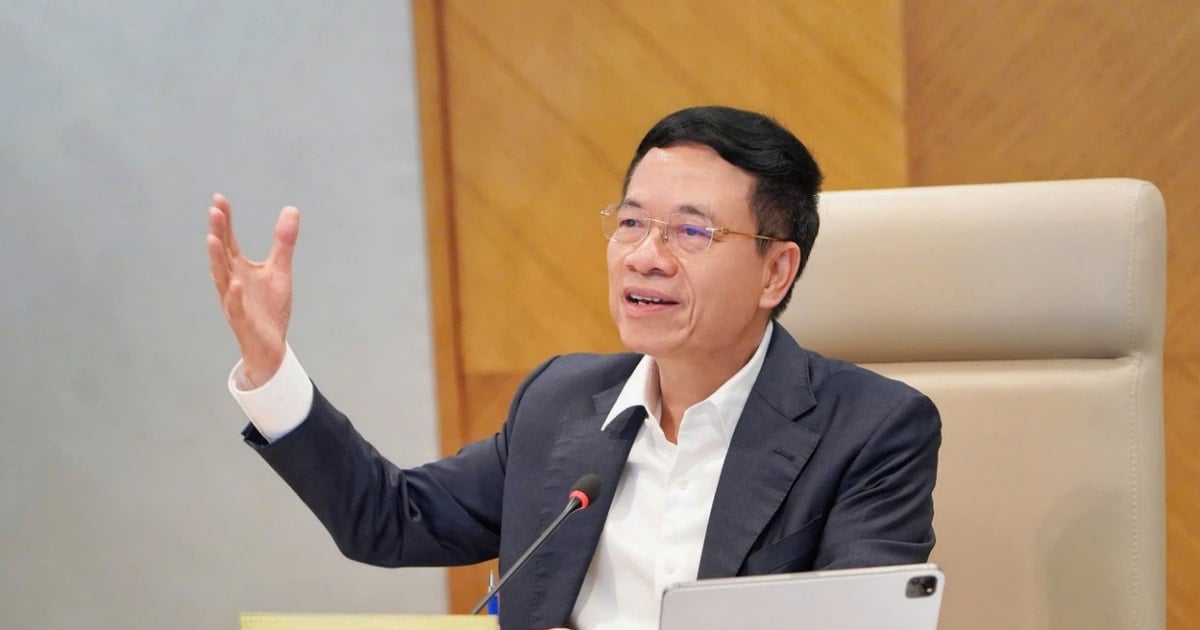

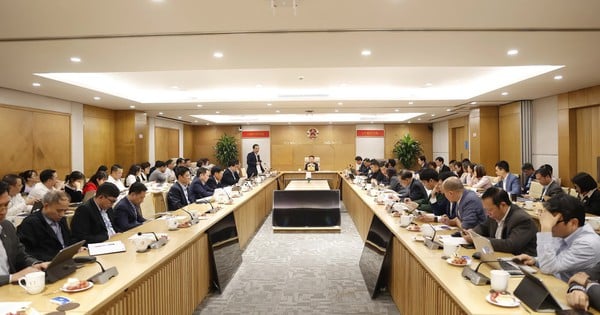

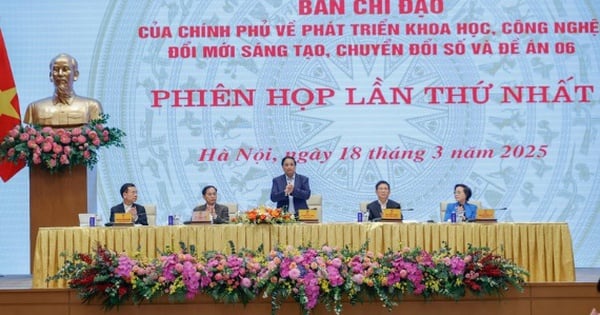
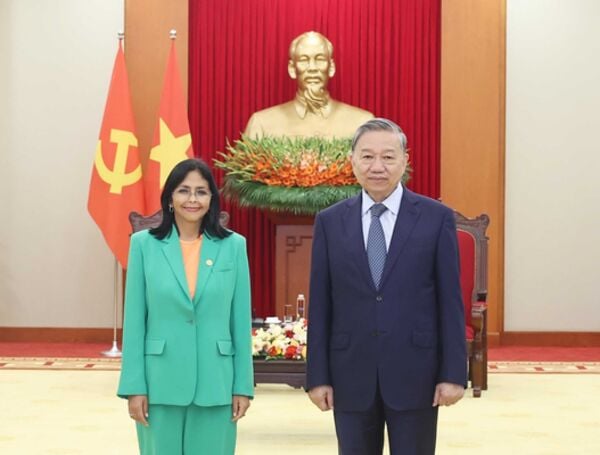
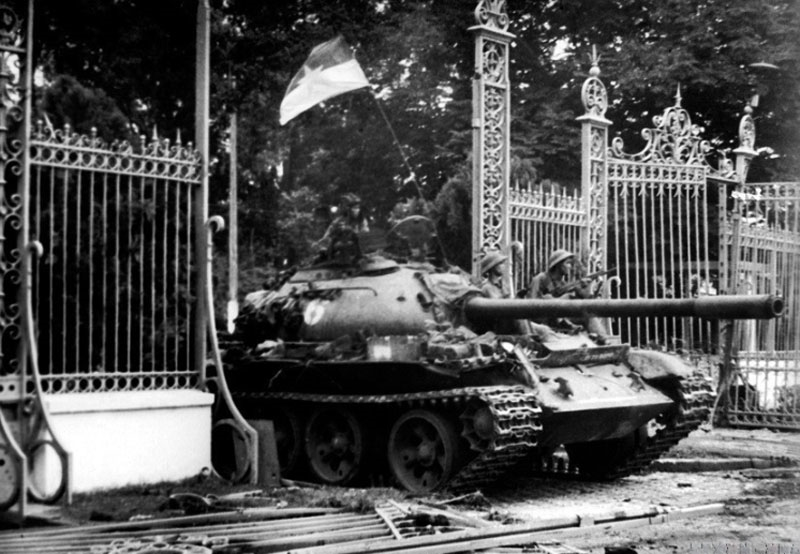

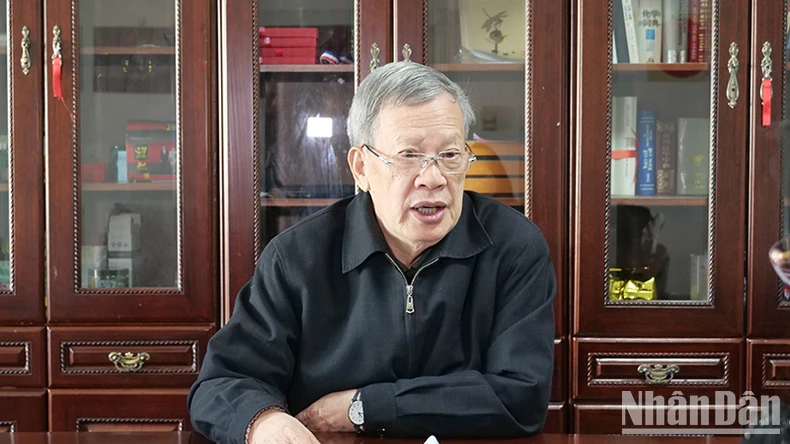

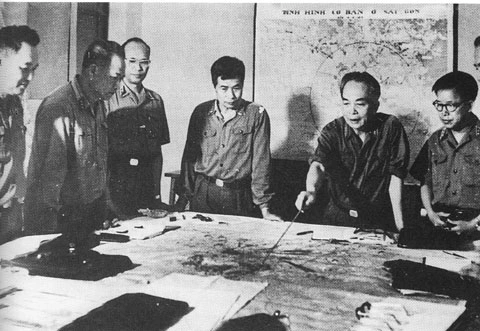




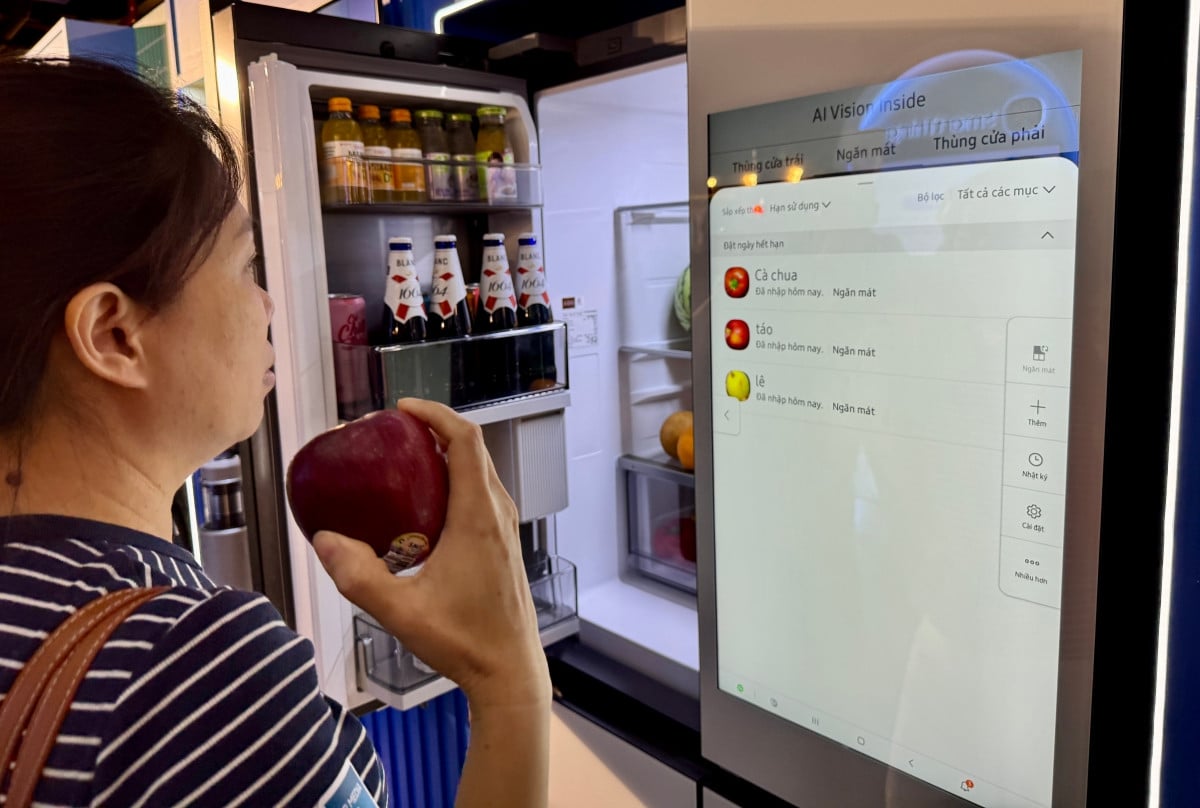
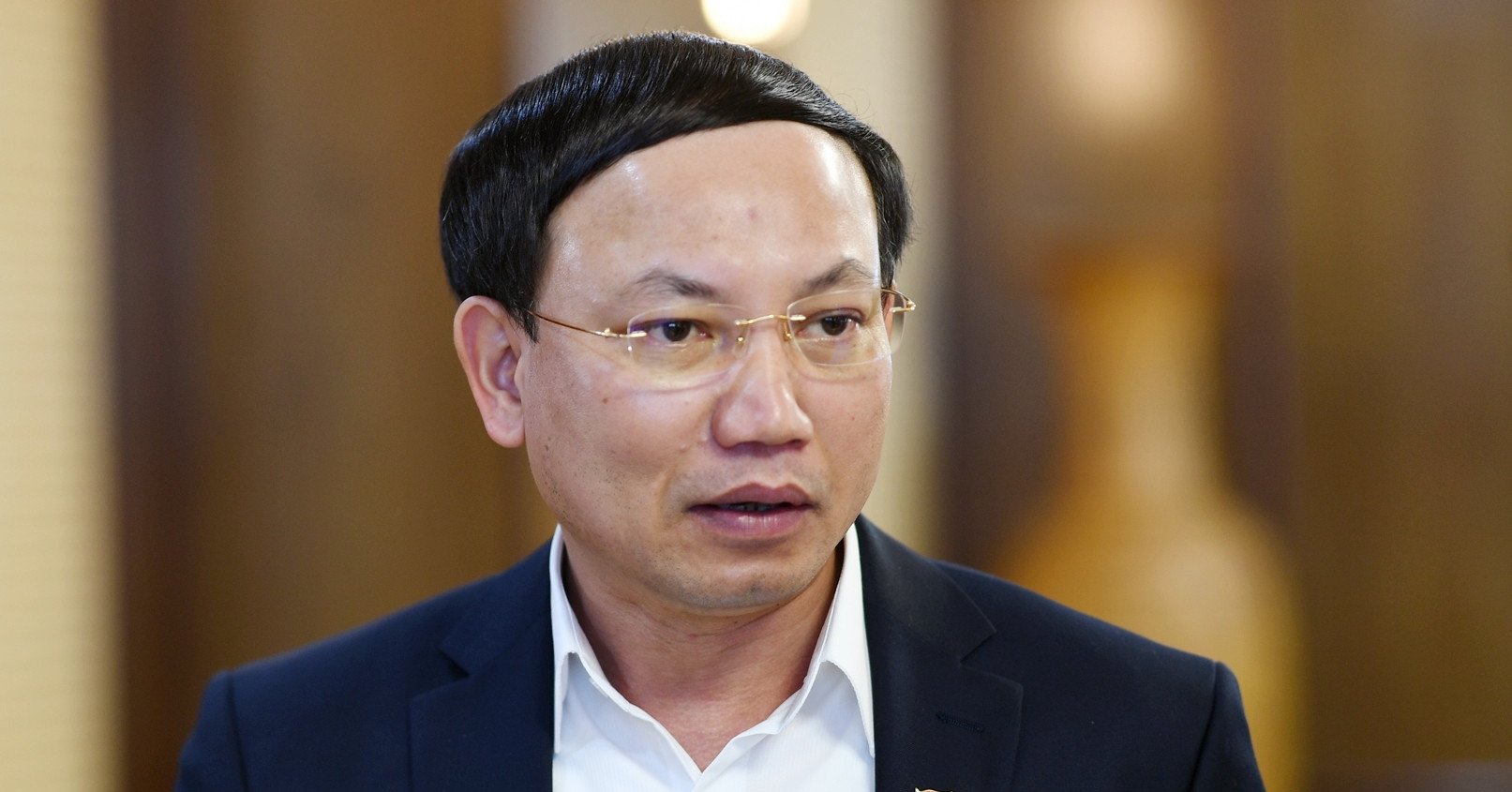

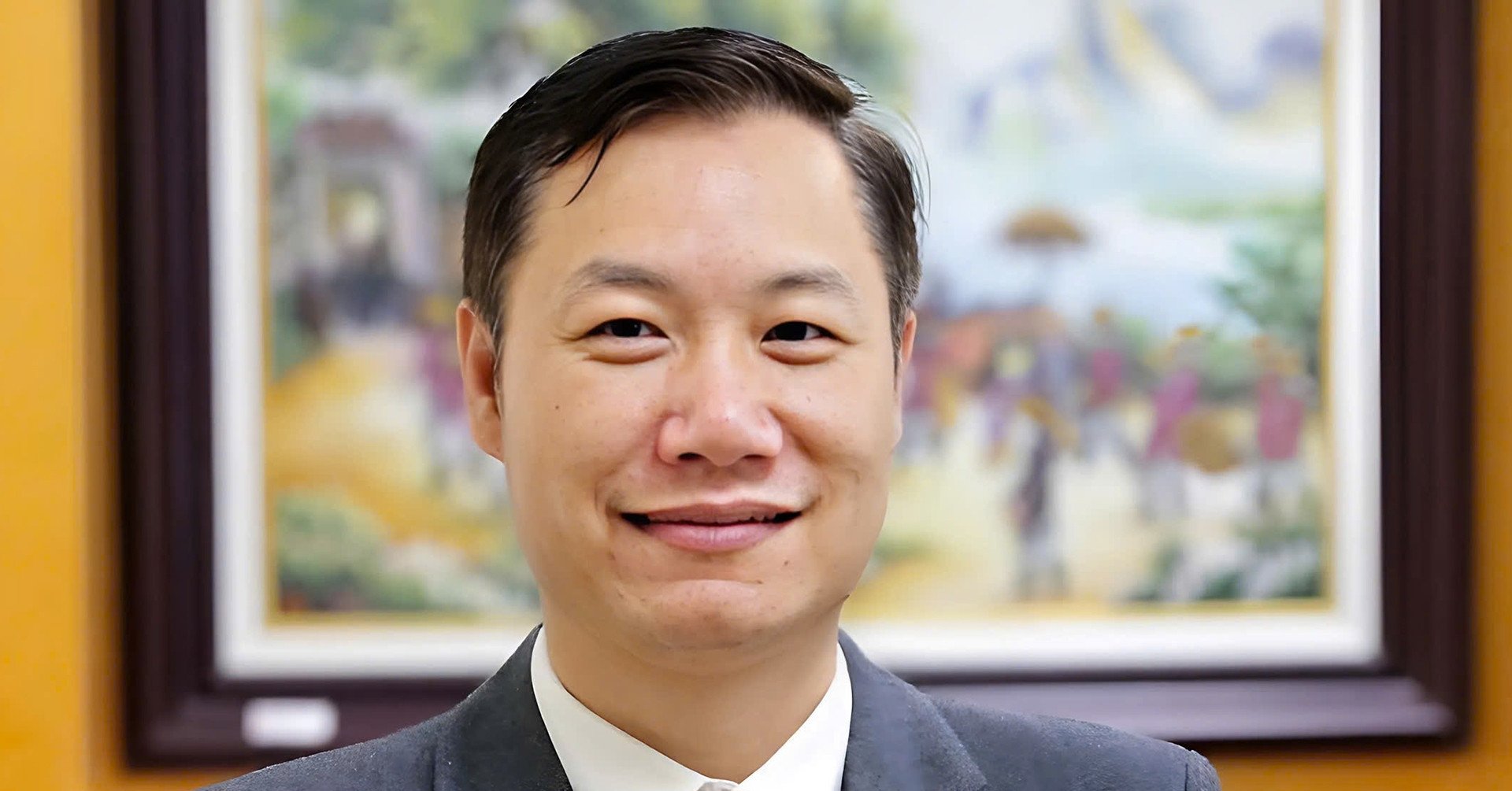


![[Photo] Welcoming ceremony for Chinese Defense Minister and delegation for friendship exchange](https://vstatic.vietnam.vn/vietnam/resource/IMAGE/2025/4/17/fadd533046594e5cacbb28de4c4d5655)

















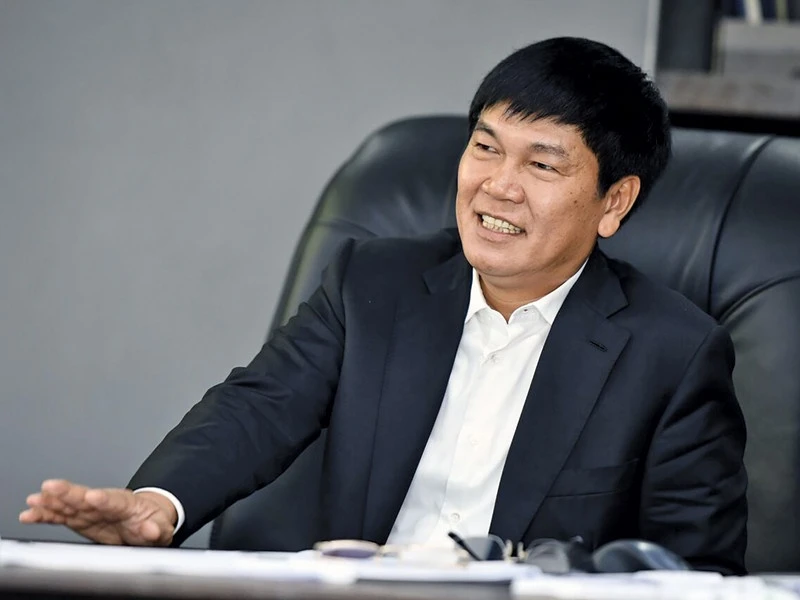

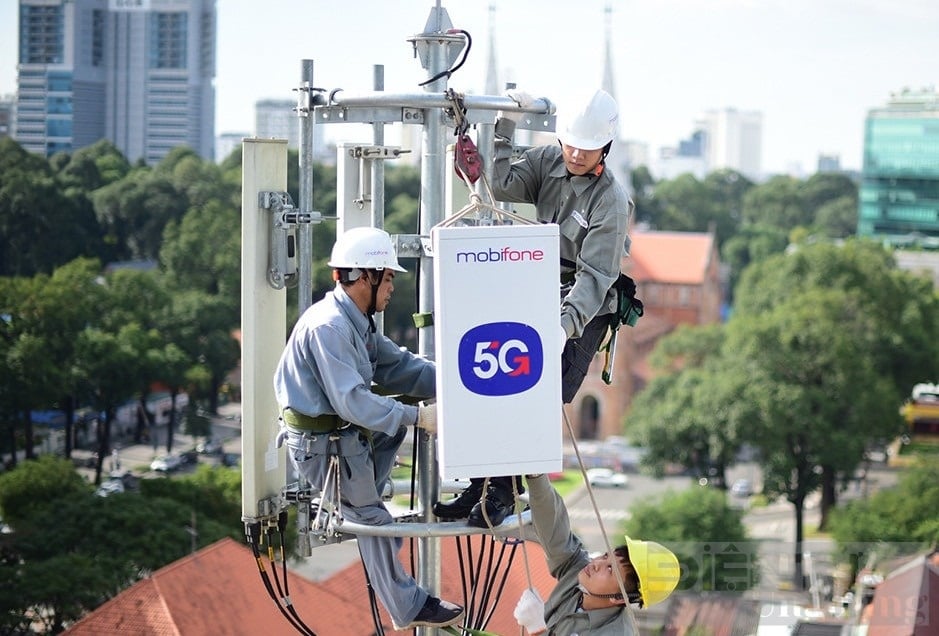
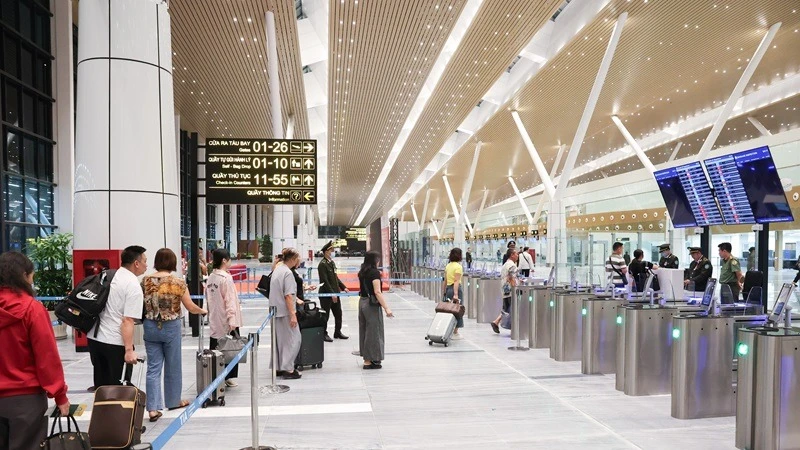
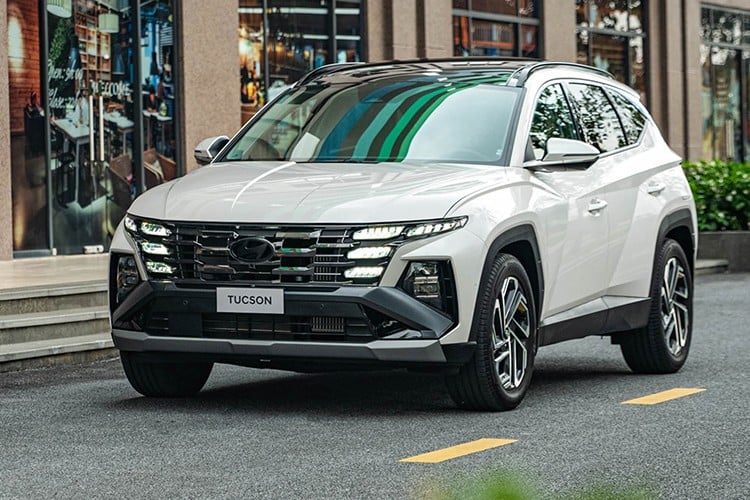

![[Video] Viettel officially puts into operation the largest submarine optical cable line in Vietnam](https://vstatic.vietnam.vn/vietnam/resource/IMAGE/2025/4/17/f19008c6010c4a538cc422cb791ca0a1)
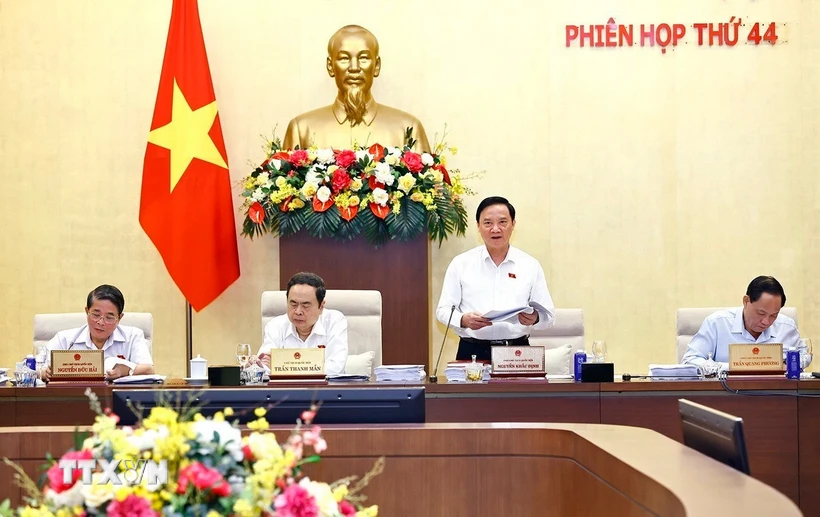
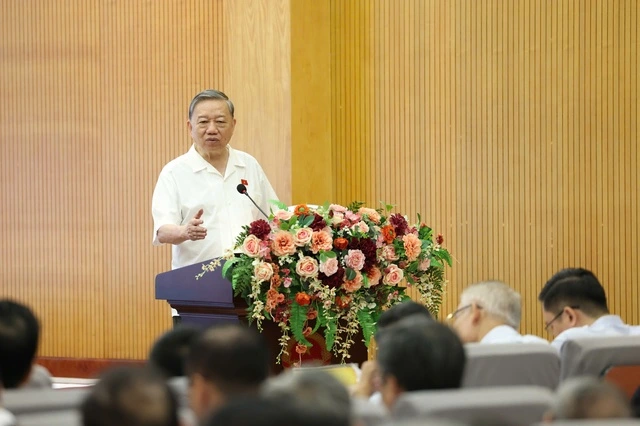

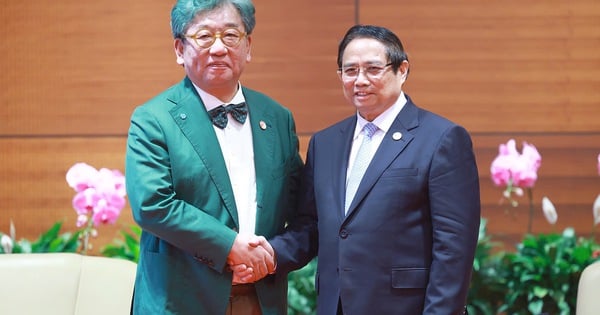

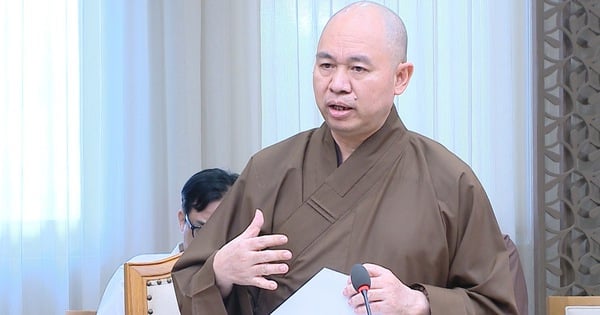
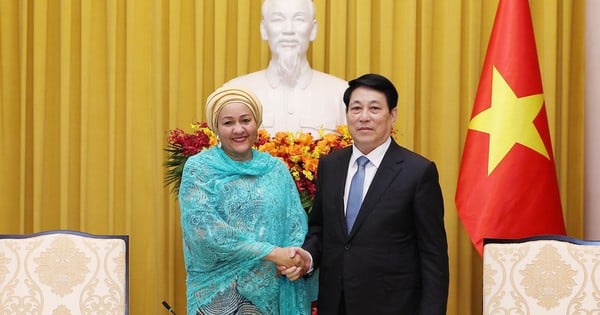
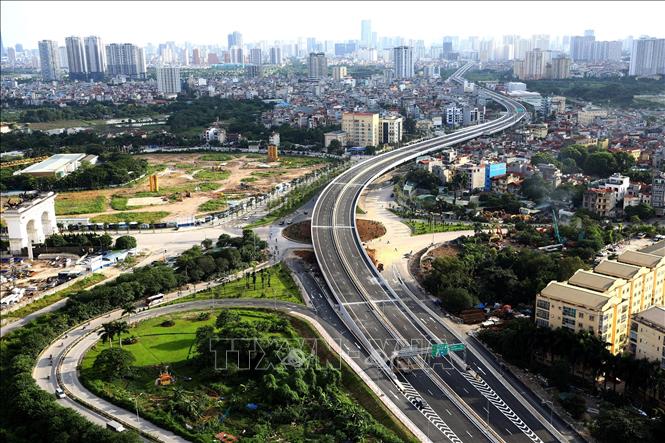



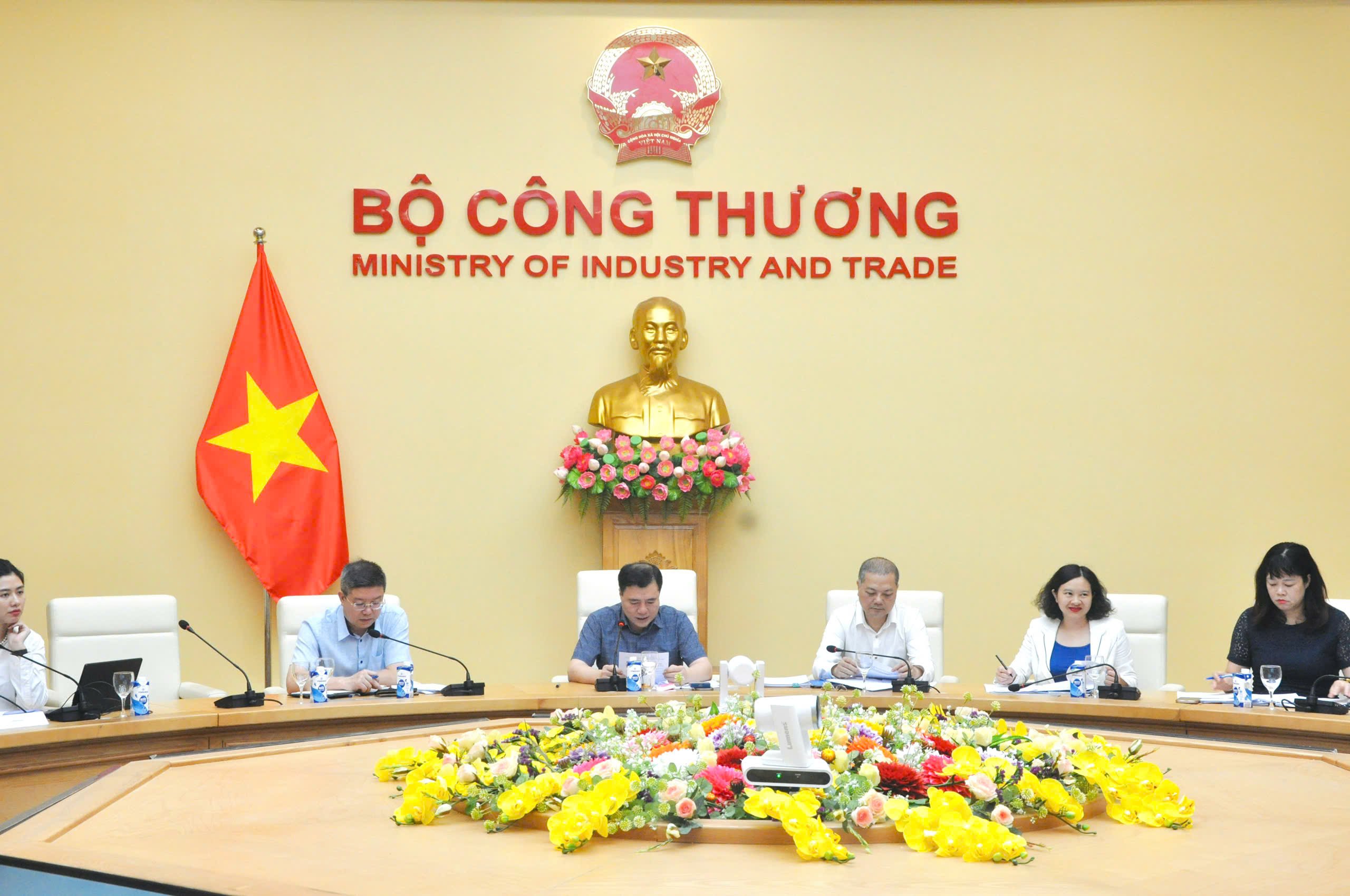

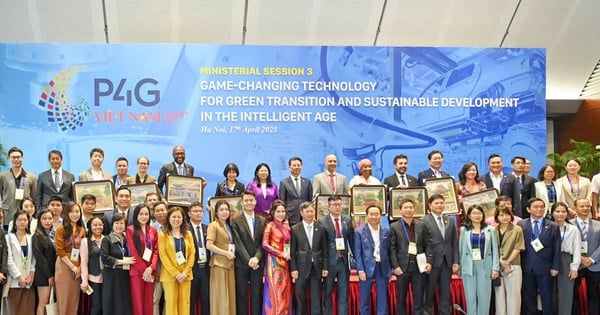
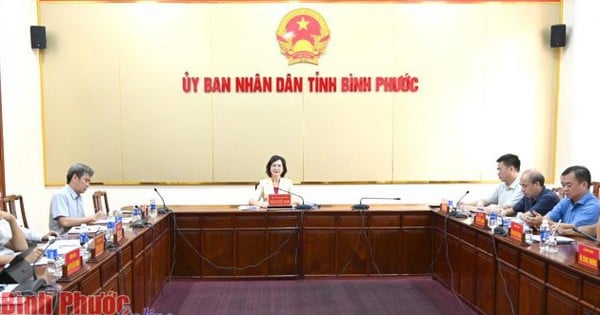

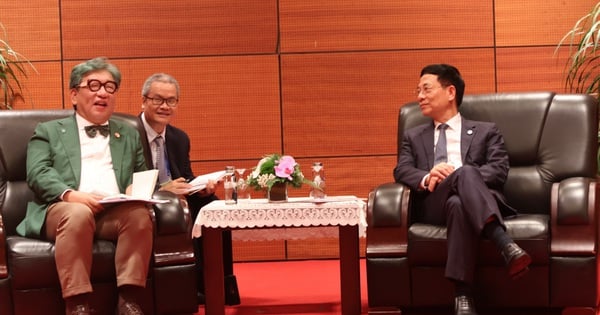


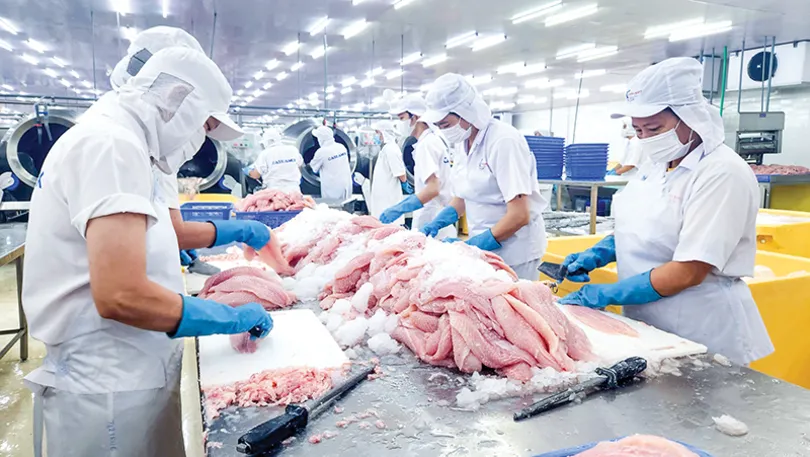
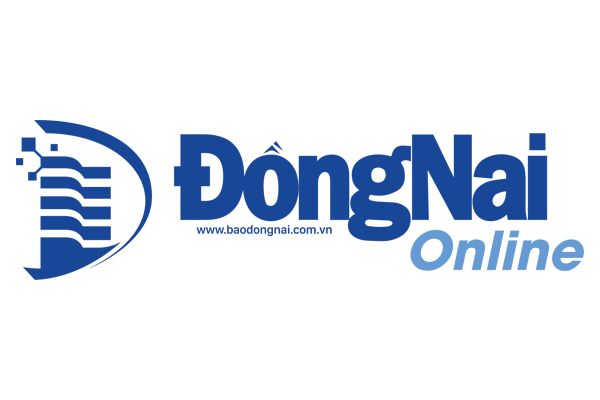



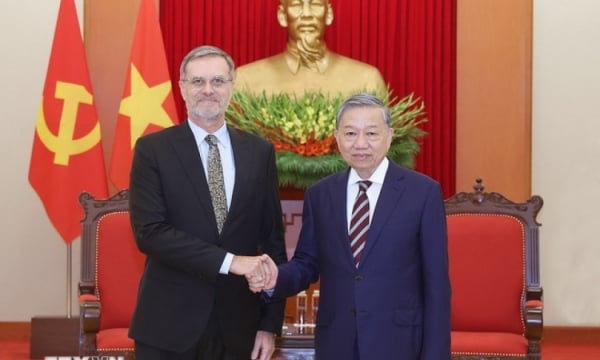


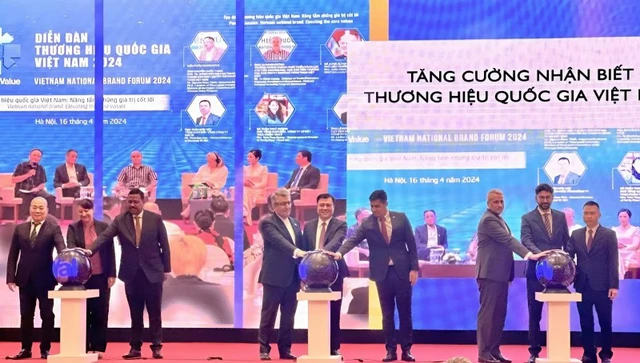



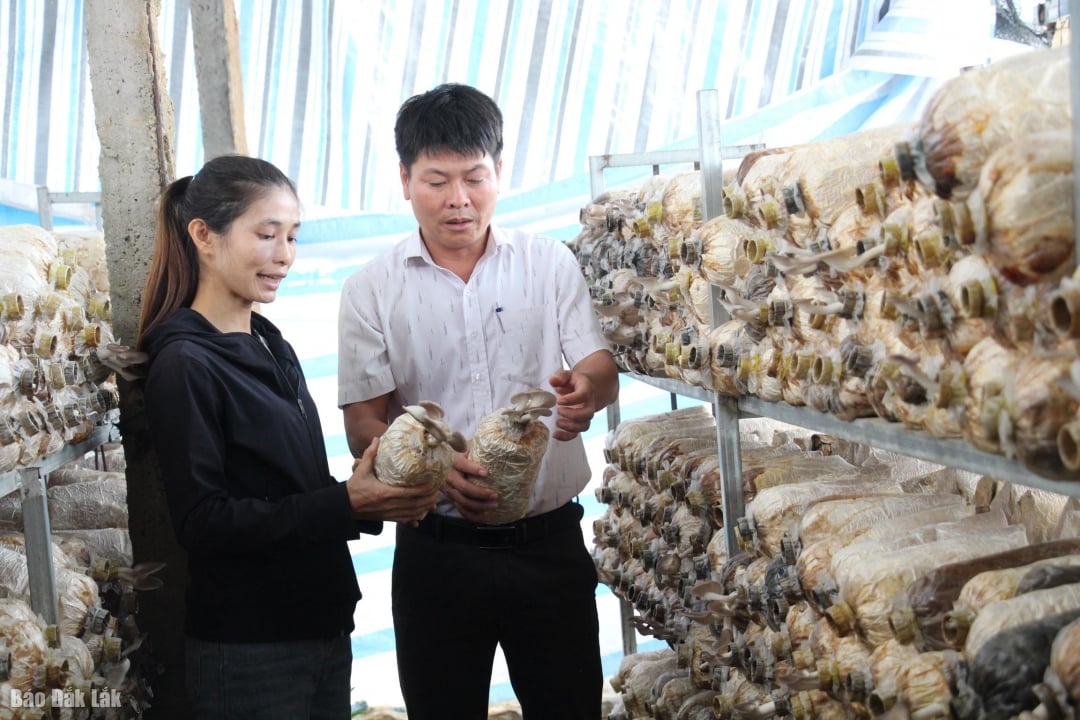

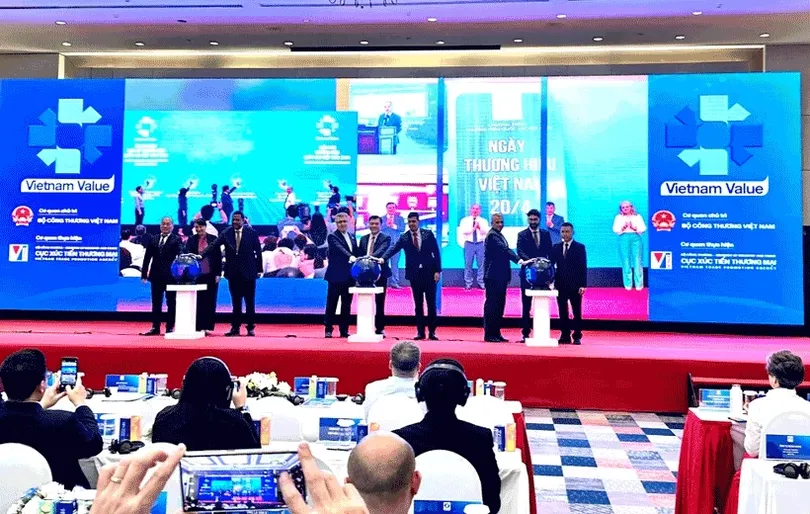



Comment (0)